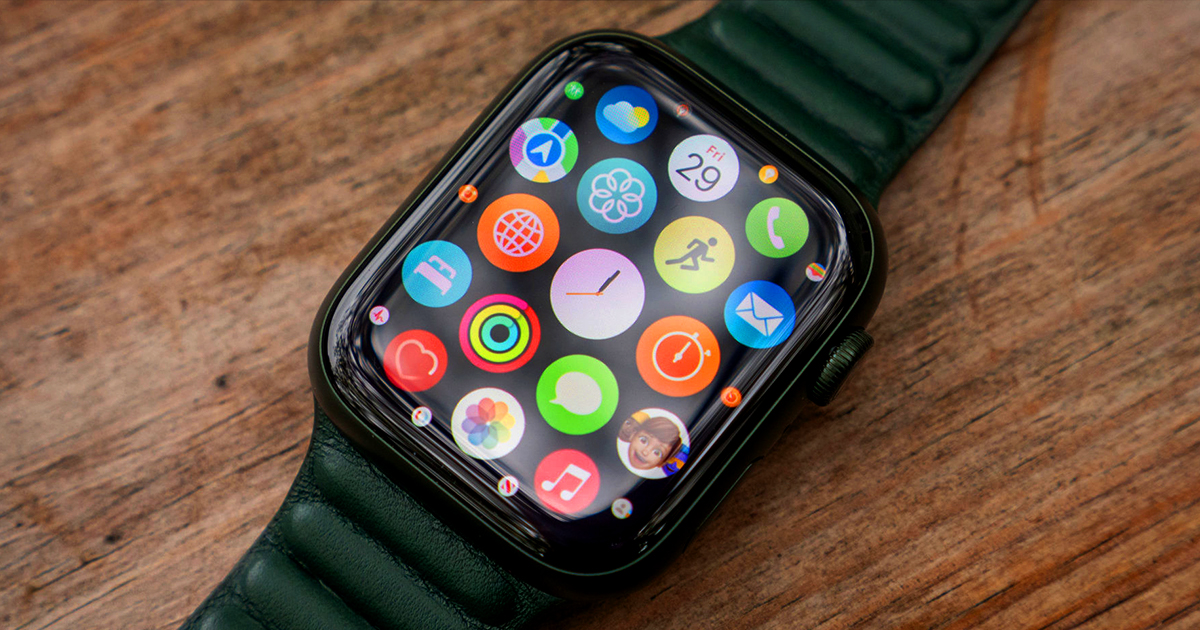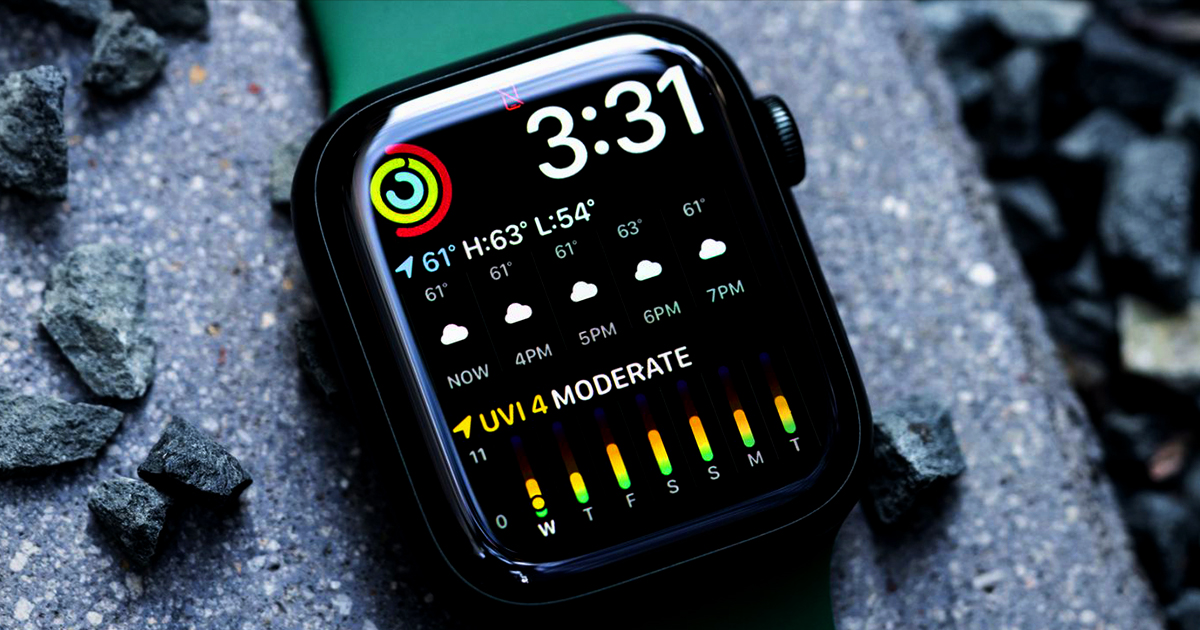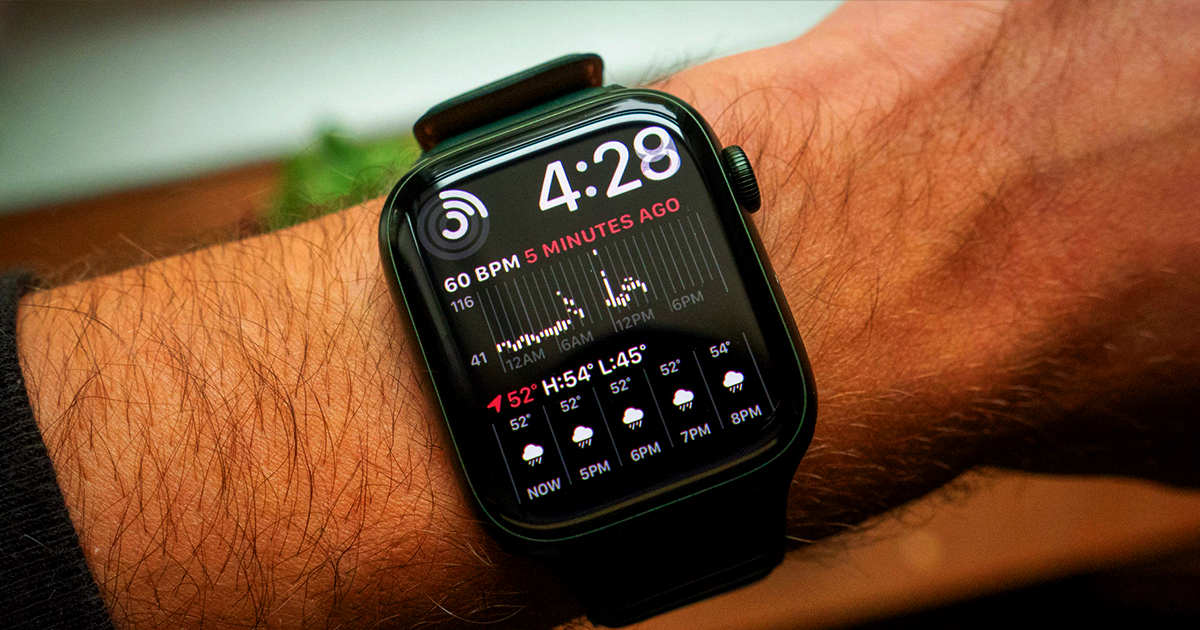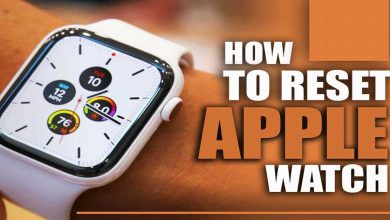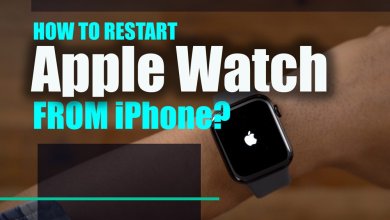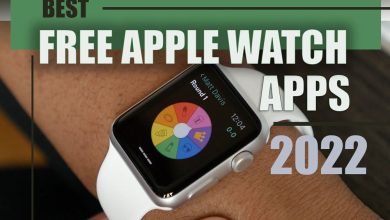Apple Watch ECG review 2022

Nowadays, wearing a watch has changed into a professional accessory among people. By developing industrial and regular watches, some companies started to produce the kind of smartwatches, and you can do more things with them.
One of them is the Apple Watch, a wearable smartwatch that began on April 24, 2015. This popular wearable smartwatch allows users to converse, send messages, and read emails.
When Apple Watch first debuted in 2014, it did not place a high priority on health. It just was all about fashion, notifications, and applications on your wrist, providing a virtual and augmented reality to the analog world that has previously occupied.
Apple’s smartwatch occupies a vastly different space after six years. As you can see, smartwatches and their capabilities have evolved significantly. The Apple Watch Series 6 is a health and well-being machine, for example, with several features, including ECG characteristics and peculiar beat alert performance characteristics that older versions lacked.
In this section, we’ll go over the Apple Watch heart features, especially the ECG feature, and we will explain how they work, what they mean, and why you might want to use them.
Table of Contents
What exactly is an electrocardiogram (ECG) reading?
An Electrocardiogram (ECG) reading is used to record the electrical impulses in the Heart over more than a short amount of time. Generally, this is done with a healthcare ECG machine, but Apple has controlled incorporating this technology into its wearable technology.
It accomplishes this by utilizing both the electrical heart rate monitor on the undersurface of the Apple Watch and the Digital Crown, where users must place a thumb on the other hand. This enables the Watch to track heartbeats.
The ECG reading determines whether your Heart’s top and bottom compartments are in rhythm. If it detects that they are out of routine, it indicates atrial fibrillation’s heart ailment.
The Apple Watch can inform you if you have A-Fib in a single 30-second examination, but you’ll likely have to repeat the test numerous times to get an appropriate indication.
Are the ECG readings on the Apple Watch precise?
Cardiologists and medical associations have theorized about how precise the Watch is at sensing anomalous rhythmic patterns since Tim Cook stood on stage and revealed the entrance of the ECG app.
After all, this is typically reserved for proper equipment handled by, well, health professionals – not a technology company.
Apple has accepted that there is still work to be done before the characteristic exceeds the threshold possibility and has authored the findings of its linked Apple Heart Study, in which Stanford University also participated.
It must encounter a specific precision rate to receive FDA approval in the United States and then the CE mark for use in the EEA. The Apple Watch detected sinus percussion classification with 99.6 percent and AFib classification with 98.3 percent during test results of 600 areas of study in a controlled situation.
The technique isn’t perfect, and the Watch can’t tell you whether you have AFib or not. Even when tracking is active during the day, it is not constant. It cannot also discern symptoms of heart problems, cerebrovascular disease, or other cardiac problems.
The bottom line shows that it’s impossible to predict how precise it is, but it’s accurate enough to begin a conversation with your physician and serve as an alert system.
How to install and set up the ECG app on an Apple Watch?
All Apple Watch owners should be aware that to use the ECG function, they must own an Apple Watch Series 4, 5, 6, or 7, and owners of Apple Watch 3 or older models will be unable to use the app because it necessitates the new Digital Crown to record electric signals.
You should also make sure your iPhone and Apple Watch are running the most recent versions of iOS and watchOS, as this will bring your Health and ECG applications up-to-date.
Then, on your mobile, launch the Apple Health application. Supposing you’ve completed the above-said updated information, you’ll be prompted to configure the ECG. All you have to do is gain entry to your date of birth, and then you’ll be prompted to take your first ECG reading.
How to Get an ECG Reading from Your Apple Watch?
After you’ve completed the initial setup, you can start using an ECG feature anytime you want.
Be careful that the Watch is placed correctly on your wrist and is fixed to get the correct result. Ideally, put your arm on something. At least, that’s what Apple suggests, but we’ve found that as long as you’re reasonably still, it has no trouble getting a reading.
What do the ECG readings on the Apple Watch indicate?
Sinus rhythm: If everything is normal and your Heart starts regularly pounding between 50 and 100 beats per minute, ‘Sinus rhythm’ will appear. But it has been suggested that repeat the process and turn on anomalous rhythm alerts.
Atrial fibrillation: The Watch has identified that your Heart is beating irregularly within those very same pulse rate limits. If you get this result, repeat the test numerous times, talk with your doctor, and consult.
Low or high heart rate: If your heart rate is more significant than 100 beats per minute or less than 50 beats per minute, trying to read is presumed unsubstantiated. There are numerous reasons for this; an elevated heart rate can be caused by workouts, tension, or even alcohol, whereas a low heart rate can be caused by rigorous training. If you notice that your heart rate is too low or too high, you should investigate the cause and, if required, consult a doctor.
Inconclusive: The ECG app can produce this consequence for various reasons, including too much motion during the test or the Watch not being adequately equipped to your arm.
Set up alerts for irregular rhythms
You can notify the Apple Watch to take regular interval readings and routine measurements to look for signs of abnormal heart patterns.
While periodic checks are helpful, the monitoring system enables the Apple Watch to fully understand how your Heart works. Follow the instructions underlined below to allow irregular rhythm alerts.
- Launch the Apple Health app and select ‘Health Data.’
- Next, click on the Heart icon, go to the bottom and select ‘Irregular Rhythm Notifications.’ Now you should enter your birth date again, as well as inform the app if you’ve previously been diagnosed with atrial fibrillation.
- The Watch will then monitor for signs of atrial fibrillation and notify you if it detects them on numerous occasions.
In the end,
As we explained in the article, the ECG app on the Apple Watch involves measuring heartbeats. A single-lead ECG can provide data about heartbeat and classify AFib. On the other hand, a single-lead ECG cannot be used to detect certain other circumstances, such as heart problems.
If you are one of the Apple brand lovers and the Apple Watch is the inseparable accessory you use, please tell us about your experience with this smartwatch to share with others who want to buy it.
